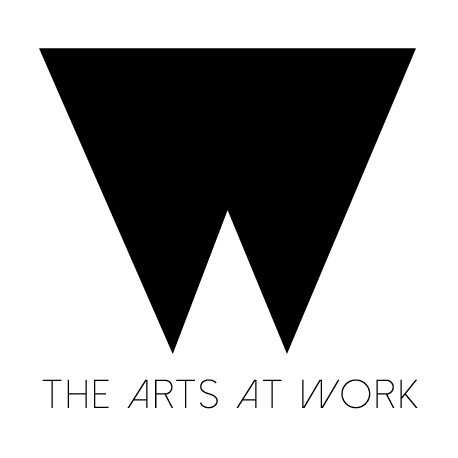Very soon, it is believed, everything – animate and inanimate – will be connected through the Internet. This concept, known as the “Internet of Things”, is lauded as a revolutionary means to advance humanity by boosting efficiency. Yet this reality, the connection between all things at all times, is nothing new: for millennia, the arts and culture have connected people, places and things across vast distances – and have advanced much more than mere efficiency.
As technology’s influence ascends in public consciousness, the perception of the importance of the arts and culture to daily American life is waning. Coders, software developers and other digital professionals have expanded our society’s definitions of creativity. However, although the idea of creativity is lauded, the work of artists and culture bearers is trivialized as superfluous, out-of-touch, inessential. The commercial value of art is increasing as dramatically as respect for the intrinsic value of art practice is diminishing.
In 2014, the Pew Research Center published a report on the Internet of Things, featuring predictions for 2025 by thought and business leaders in the technical and academic sectors. Although no one can predict exactly what the Internet of Things will be, nearly everyone surveyed agreed: that widespread connectivity will be the norm in the future, that our personal information will be collected and used in ways that may both help and hinder us, and that the way we interact with the world around us will be transformed.
The consequences of a connected future that isn’t holistic, that takes the emotional, spiritual and aesthetic needs of humanity for granted are potentially disastrous. The unchecked ascent of digital technologies and digital consumerism should be probed by artists and culture bearers, to illuminate both the risks for the global citizenry and the progress that can be derived by a system in which the arts and culture facilitate a checks and balances system for anti-empathetic products and practices.
Technology has its limits, and it is there where the arts and culture thrive. After two decades of “disruption” by the advent of digital technology into daily life, artists and culture bearers are armed with the perspective, access and familiarity with digital media, to advance an inclusive future. Collaborations between the arts/culture and technology sectors may address some of the societal concerns and heal the societal ruptures brought on by digital technologies.
Parts Two and Three of this series will specifically address four ways in which these cross-sector collaborations can transform our current realities.










